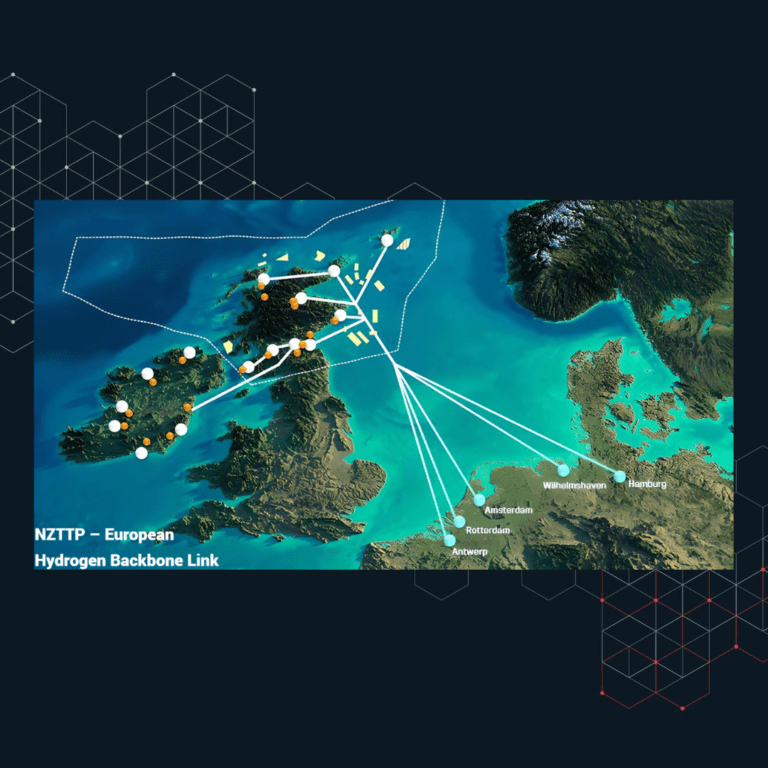NACE MR0175 / ISO 15156 Technical Circulars for Part 1 and 2 published 2017-12-22
Two new Technical Circulars have been recently issued, these technical circulars are interim up-dates to the currently published NACE MR0175/ISO 15156. The Technical Circulars are considered part of NACE MR0175 / ISO 15156 with immediate effect.
INTERNATIONAL STANDARD ISO 15156-1:2015 TECHNICAL CIRCULAR 1
Part 1 of the standard has been updated with definitions for the following concepts:
- galvanically induced hydrogen stress cracking
- chemical activity
- fugacity
Section 6.1 has been updated to reflect the changes of part 2 annex C related to the evaluation of the environmental severity using the partial pressure of H2S and other methods such as thermodynamic analysis using the concept of fugacity.
INTERNATIONAL STANDARD ISO 15156-2:2015 TECHNICAL CIRCULAR 1
Part 2 of NACE MR0175 / ISO 15156 which covers carbon and low alloy steels is updated with this Technical Circular. Table A.3 now includes the API 5CT (ISO 11960) R95 and C110 grades with a note that for the purpose of the document R95 and C95 are deemed equivalent.
A small but rather important change is A.2.2.4 now states “Bolting that can be exposed directly to a sour environment, or that is buried, insulated, equipped with flange protectors or otherwise denied direct atmospheric exposure or direct open seawater exposure, shall conform to the general requirements of A.2.1.”. This may seem a small (and rather logical update), however provides much better clarification for materials selection of subsea bolts.
Annex C has gone a major update and now has very useful information to consider for high pressure systems with a gas phase and also high-pressure gas-free liquid systems.
For systems with a gas phase, annex C allows the user to use H2S fugacity rather than partial pressure to characterise the environment severity and to define testing environments, this is based on the fact that for high pressure gas-free systems the use of fugacity may reduce the severity introduced by the partial pressure concept and therefore reducing conservatism. For gas-free liquid systems, specifically for high pressure wells, Annex C now recommends that a thermodynamic analysis considers chemical activity (fugacity) to characterise the environmental severity in the H2S cracking assessment.
Annex C now provides great insight on thermodynamic methods that can be used to better characterise the severity of a sour environment. Is important to highlight that Annex C is informative, it is the user that needs to evaluate and document the method used for evaluating the severity of a specific system.
You can download copies of the latest technical circulars following this link.



